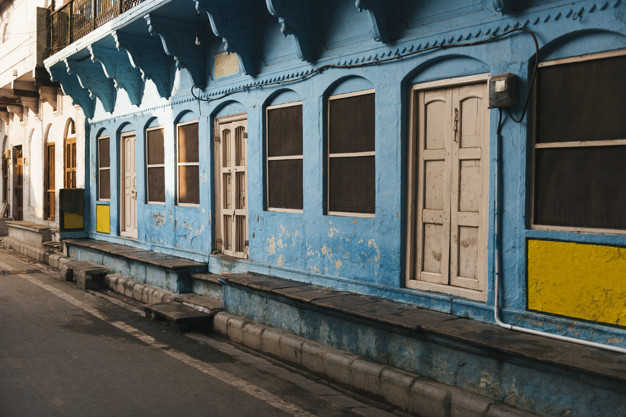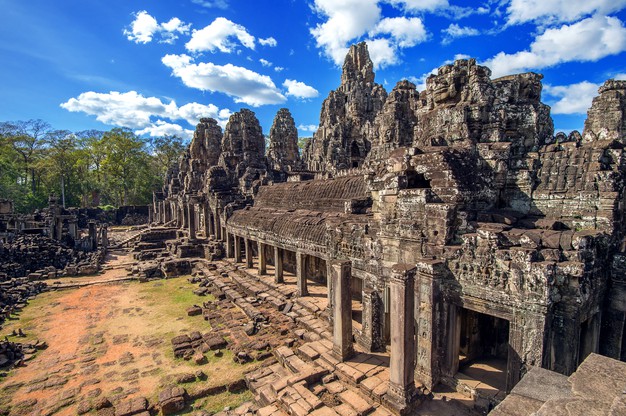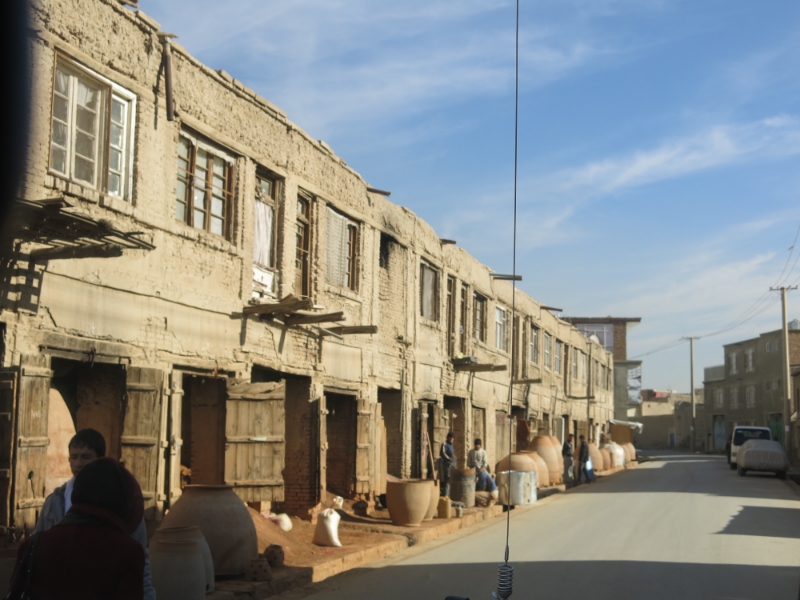Rapport in 1969 had stated that “The primary determinants of indigenous architecture of any place are the culture and climate of that place.” The word culture derived from the Latin word ‘colore’ which means to tend to the earth and mature, blend in and nurture. These are the same prerequisites we believe architecture in its entire existence should abide by and, as Frank O Ghery had mentioned, “Architecture should speak of its time and place but yearn for timelessness”; this sheds much light on the para-importance of individuality and uniqueness of place and its impact on the people and culture.
The architectural work one finds in Southeast and Southeast Asia, majorly encompasses the traditional and religious or to be more precise ‘indigenous’ thought processes. The Southeast Asian countries have established the foundation of their architecture style from four major sources, namely, the climate, the local material, religion and their devotion to Mother Earth.

This is the reason why the style boasts the indigenous traditions of the more populous, China and India or more specifically the Indochina Art followed by Indo-Islamic elements in the later years. South Asia has been the womb of Hinduism and Buddhism, and their followers have incorporated the religious and social teachings with utmost sincerity in their built form. The vernacular and ethnic methods which prioritized the climate, geography and the locally available materials while being sensitive to people’s needs, gradually confluence with the doctrines and beliefs of these two religions and continued to evolve and transform while keeping their fundamentals intact.

Blue buildings in the city of Varanasi, India
Statues like those of Buddha, huge and lifelike, Stupas, bricks and stucco, rock-cut architecture, stone temples and never-ending palaces and forts in India, Khmer Art (as seen in Angkor Vat), Champa Art, use of bronze in sculptures in Thai Art and the typical Laotian Architecture, embracing the quintessential South Asian roofline of graceful upward sweeping curves might be cited as examples. In South-Asian architecture, historical buildings of Myanmar, Thailand, Laos, Cambodia, Vietnam, Malaysia, Singapore, Indonesia, and the Philippines have been vigorously fanatical with the use of bell-shaped domes and pointed spires, monasteries with gold paint and glass, exteriors displayed with carved rhythmic moldings and figurines. Whereas Bhutan’s emphasis on peace, harmony with nature, and the importance of minimalism in details has allowed the traditional, vernacular forms (especially seen in monasteries) to thrive.

South Asia also encompasses highly populous countries of Afghanistan, Bhutan, Bangladesh, India, Maldives, Pakistan, Nepal and Sri Lanka lie we can observe one of the most diverse regions of the world -talking in terms of culture or geographical terrain. Be it snow-capped mountains, lush green valleys stretches of undulating sand dunes, or the mighty oceans, they’re all there! The culture of South Asia is completely entwined in language, ethnicity and religion, Islam, Hinduism, Christianity, Sikhism, and Buddhism being the most prominent ones. Apart from this, Western Influences in the form of foreign invasions from Alexander the Great or the Mongols or the Persians, the Spice trade Route inviting Romas, Greeks and Arabs, the old British Empire, the Dutch, the Portuguese, or the French, have all left some part of their art, methods, and culture behind, which have together produced a patchwork of peculiar architecture in this region -vast and diverse and so enchanting.

The South Asian architecture is actually a mirror to the past and the future, implying. how the buildings and the spaces, whether modern or traditional, reflect the prevailing scenario — the cultural and climatic identity of a place to be more precise. It also makes us aware of the change we go through with the passage of time and boasts of development or deterioration, whatever the case might be. And architecture itself is a living thing: it grows, transforms, builds itself for the future and it is in fact the mirror that makes us aware of the changes we go through. With time, the architecture of a place is revamped or atrophied according to modifications in the traditions, needs of the people, or the changing climate. The architecture style is the witness to an entire voyage of a building in its span of time.
In the last few decades, the South Asian and Southeast Asian countries have experienced dramatic changes, namely Civil Wars, Soviet or US invasions, partition, rapid urbanization, population explosion, and global warming. We have seen the destruction of entire cities and our history being wiped out, heritage splintered into rubbles, infinite refugee camps, and the conversion of vast lands into cities.
Figure 5: Destruction of vernacular architecture in Afghanistan post-war
To meet the needs of the population and the urban strategies, there have been losses of cultural identity and large-scale production of a monotonous and haphazard Architecture which has been driven by economic rationale and shared professional cultures in these countries. High-rise buildings dominating skylines have marked the development of some cities, while some have been alleged to have increased the gap between the economic divisions of the society. While some cities have achieved accolades in the field of advanced technology, some are still stuck with old-school and degrading ideas. In a way, the architecture in these countries has developed in a maze of climate, culture, technology, and economic factors majorly.
It has not grown following any strict pattern or rhythm but rather erratically in a maze-like path, just trying to fulfill everyone’s personal need. We might ask what the underlying problems in the roots of the contemporary metropolis are. Times have changed the gracile architecture labyrinth of culture and nature into a complicated never-ending yet constricted maze. We need to converge both technologies as well as our sustainable vernacular methods to curb the destruction of architecture because it will not be long before we are forever trapped and no one knows how to come to a clean exit.









